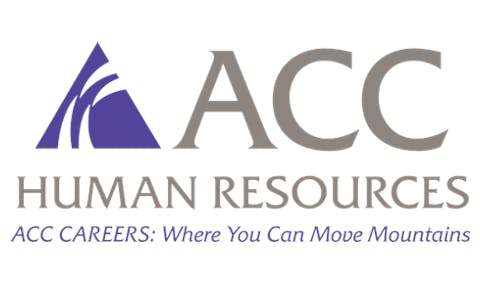
The 2024 College Affordability Profiles show that while the 16-state region has improved overall affordability metrics in recent years, students from families earning less than $30,000 annually still face substantial financial barriers, particularly at four-year institutions.
"SREB is committed to the idea that postsecondary opportunities, whether credentialing programs, two- or four-year colleges, must be affordable to all students," said SREB President Dr. Stephen L. Pruitt. "Making education possible after high school for all students is critical to give them access to the workforce and ultimately contribute to our economy."
The profiles, which analyze data from the 2021-22 academic year, reveal that the SREB region provided approximately 25.8% more need-based financial aid than the national average — a notable achievement in supporting students with financial need.
Dr. MJ Kim, a researcher with SREB, pointed to increased state appropriations for two-year institutions as an encouraging trend, given the large number of students these colleges serve.
"Greater state appropriations in recent years have substantially improved affordability at two-year institutions in the SREB region, expanding access to postsecondary education," Kim said. "This progress deserves attention and recognition, especially as states continue investing in pathways that make higher education more accessible and workforce aligned."
The reports show consistent improvement across all institution types from 2017-18 to 2021-22, with 3 to 4 percentage point reductions in the family income required to cover net prices at public institutions.

















